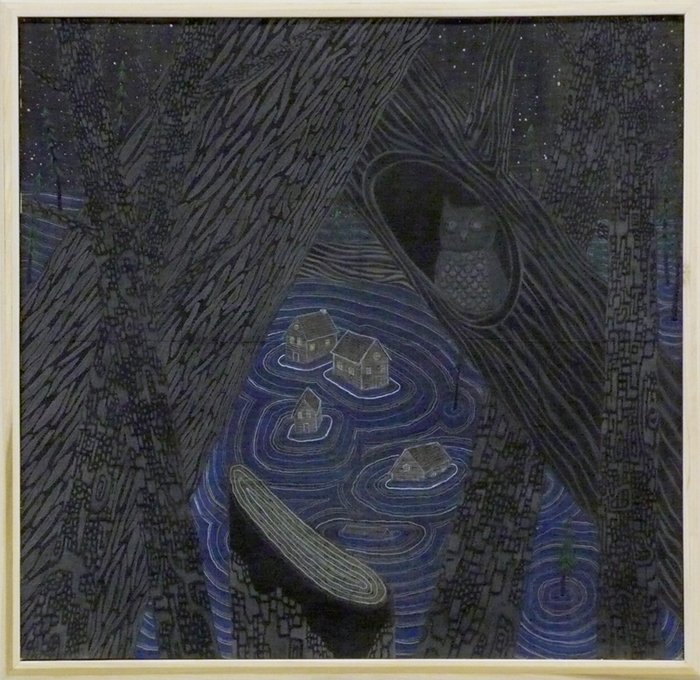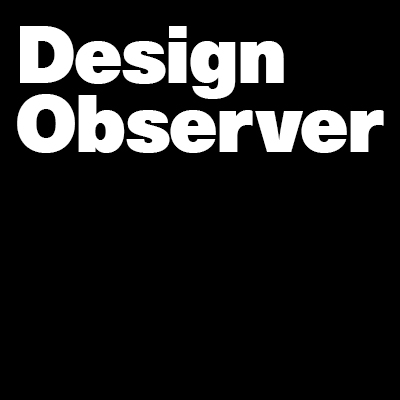
flood at night, 2014 | 26 1/2 x 26", mixed media on panel. From Unconventional Landscapes.
Questions of patronage (think clients!) and purity (think concepts!) often lead us to place binary restrictions on how we “read” visual form, but the question of whether design requires a client (or art a connoisseur) does a disservice to all of it. From classical grid systems to code-based generative practices, pictorial embroidery to painterly erosion, drawing to dance to adventures in creative decoupage, the ways we deploy our visual choices are as wide-ranging as the opportunities we have to shape them. To try to define art in the context of the design professions is to engage in questions of authorship, editorship, adaptation, interpretation, and now more than ever, fair use. True, form can follow function, but so can forgery. (And so can mystery.) Does absurdity reside in the eye of the beholder, or the bedrock of a culture? What about obsession, or originality? Or history? (Or novelty?) Maybe our appetite and appreciation for art’s shared property line with design comes down to something not only startlingly simple but also quintessentially human: access to a healthy curiosity, a fertile, if skeptical imagination. When we kiss a photograph, we do not expect to conjure up a spectacular manifestation of the person the picture represents, Ludwig Wittgenstein once observed. But the action is nonetheless satisfying.

